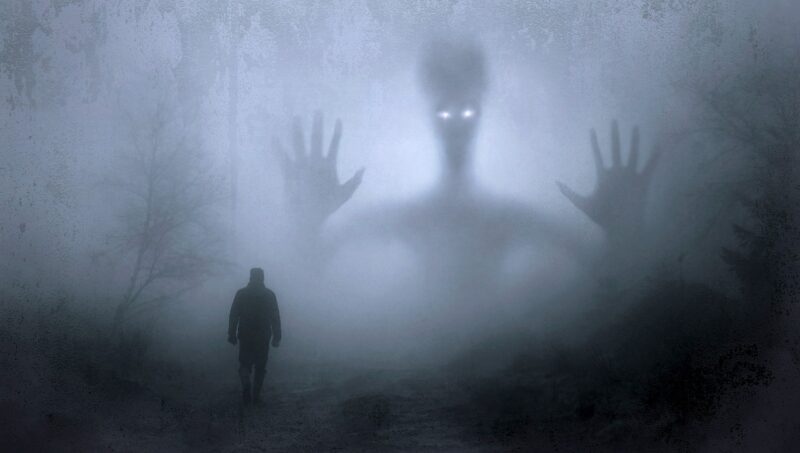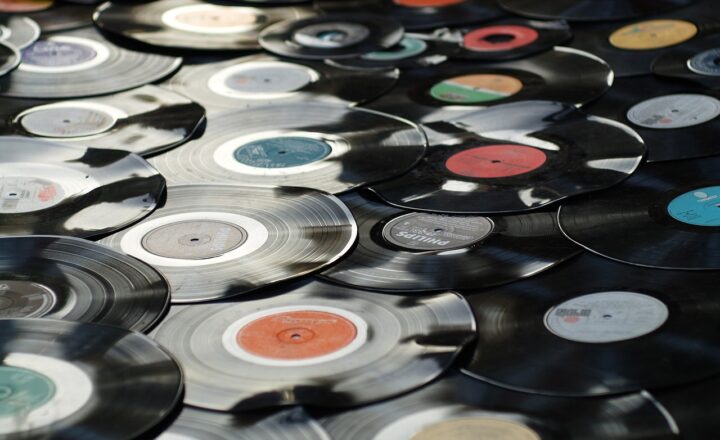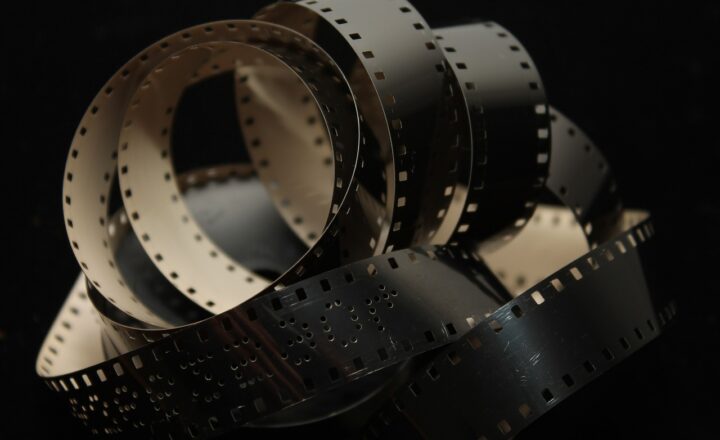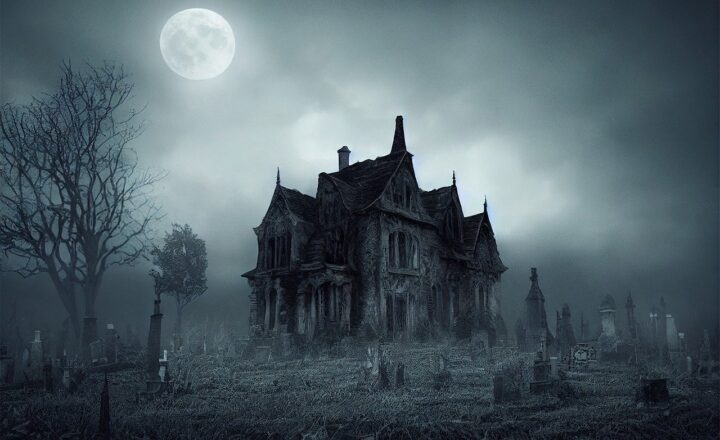The Art of Jump Scares: How Scary Movies Perfect the Element of Surprise
November 16, 2024

Scary movies have captivated audiences since the birth of cinema, and one of their most famed techniques is the jump scare. Whether it’s a sudden loud noise, a surprising image, or an unexpected twist, jump scares are designed to elicit sudden reactions—heart racing, adrenaline pumping, and the instinctual desire to shield oneself from the screen. In this article, we will explore the psychology, technique, and cultural significance of jump scares, examining how they can transform a good horror film into a great one.
1. Understanding the Jump Scare
At its core, a jump scare is a moment in film intended to startle the audience. It is a technique that requires precise timing and orchestration of sound, visuals, and even silence. Jump scares exploit our natural human responses to fear; during these moments, our bodies react physically before we even process what’s happening.
Common characteristics of effective jump scares include:
- Sound Design: A sudden and loud noise can amplify the immediate shock. This is often accompanied by silence to build tension.
- Visual Elements: A swift, unexpected movement or entity captured on screen can catch the audience off-guard. Lighting plays a crucial role here, often using darkness to conceal imminent danger.
- Pacing: The buildup to a jump scare requires careful pacing. Effective horror films often lull the audience into a sense of safety before abruptly jarring them out of it.
Jump scares are more than just a quick jolt; when done right, they foster a deeper connection to the film, creating an experience that lingers long after credits roll.
2. The Psychology Behind Fear
The use of jump scares is deeply rooted in psychological principles. Humans have evolved to be attuned to sudden changes in their environment, as these often indicate potential threats. The use of jump scares taps into this instinctual response.
The brain reacts with a fight-or-flight response when encountering fear-inducing stimuli. This includes:
- Adrenaline Release: The shock from a jump scare causes the adrenal glands to release adrenaline, leading to increased heart rate and blood pressure. This physiological response can heighten our sensory experience of the film.
- Temporary Shock: While the immediate scare may cause a spike in anxiety, it is often followed by relief. This can create a cycle where viewers seek out more scares for the rush of thrill and relief that follows.
- Social Bonding: Experiencing jump scares with others creates a communal reaction. Shared fear can strengthen social bonds as individuals react to stimuli together, often laughing or discussing their feelings afterward.
Understanding this psychological undercurrent allows filmmakers to create effective jump scares that resonate on deeper levels—not merely as sudden shocks, but as vessels of shared experience.
3. Techniques for Crafting Effective Jump Scares
Crafting jump scares effectively requires skill, practice, and an understanding of how to build tension.
Here are several key techniques employed by filmmakers:
- Foreshadowing: Subtle hints in earlier scenes can prepare the audience for a jump scare without giving it away. This builds anticipation and heightens the impact when the scare finally occurs.
- Red Herrings: Filmmakers often use misleading cues to throw audiences off balance, leading them to expect a scare at one moment while it comes unexpectedly in another. This keeps viewers guessing and on edge.
- Contrasting Sound Levels: Mixing softer moments with extreme loudness can force the audience to be alert, making the jump scare much more effective when it arrives.
- Surprise Elements: Using familiar settings but introducing unexpected visuals or characters can create a memorable shock that has lasting impact.
These techniques, when aligned with strong storytelling, make the jump scare not just a tool of terror, but a means of enhancing a film’s narrative depth.
4. Historic Examples of Jump Scares in Cinema
Several iconic films have utilized jump scares masterfully, showcasing the technique’s evolution through the years:
- Psycho (1960): Alfred Hitchcock’s shower scene is renowned not only for its violence but for its use of unexpected editing and sound. The sudden appearance of Norman Bates creates a visceral experience that remains unforgettable.
- The Exorcist (1973): This film crafts jump scares not just from visuals, but from sound design that builds a creeping anxiety and catches audiences off guard with sudden, disturbing appearances.
- A Nightmare on Elm Street (1984): Freddy Krueger’s entrance often provides shocks that redefine fears of the unknown while leaving audiences breathless in their anticipation.
- The Conjuring (2013): The skillful use of atmosphere, combined with cleverly timed scares and believable character interactions, elevates the jump scare to an art form, showcasing its potential in contemporary cinema.
These films have set benchmarks with their innovative uses of the jump scare technique, influencing how they are incorporated into horror cinema today.
5. The Future of Jump Scares in Film
The jump scare has had its share of criticism, often being labeled as a cheap scare tactic. However, with advancements in technology, filmmakers are exploring new ways to innovate traditional jump scares.
Technology such as virtual reality (VR) is injecting new life into horror, creating immersive environments where jump scares can be designed around individual experiences. This offers unique opportunities for engagement and interaction, further building tension and shock.
Additionally, the growing trend of blending horror with other genres—such as comedy or thriller—allows for creative approaches to scares while maintaining narrative integrity.
Ultimately, while the jump scare may continue to be scrutinized, it remains an essential element of the horror genre, evolving with audience expectations and technological advancements.
Conclusion
The jump scare is a powerful tool in the arsenal of filmmakers, cleverly manipulating audience expectations and emotions. From its deep psychological roots to its historical significance in the film, the jump scare is as much about the buildup as it is about the shock. By understanding and refining this technique, filmmakers can continue to create impactful stories that resonate with audiences long after the lights come up.
As horror continues to evolve, jump scares will undoubtedly adapt to keep viewers engaged, thrilled, and coming back for more. So the next time you watch a scary movie, pay attention to not just the scare, but the art that goes into delivering that shocking moment. Embrace the adrenaline, the fear, and the sheer excitement of the unexpected—the essence of what makes movies scary enjoyable.







